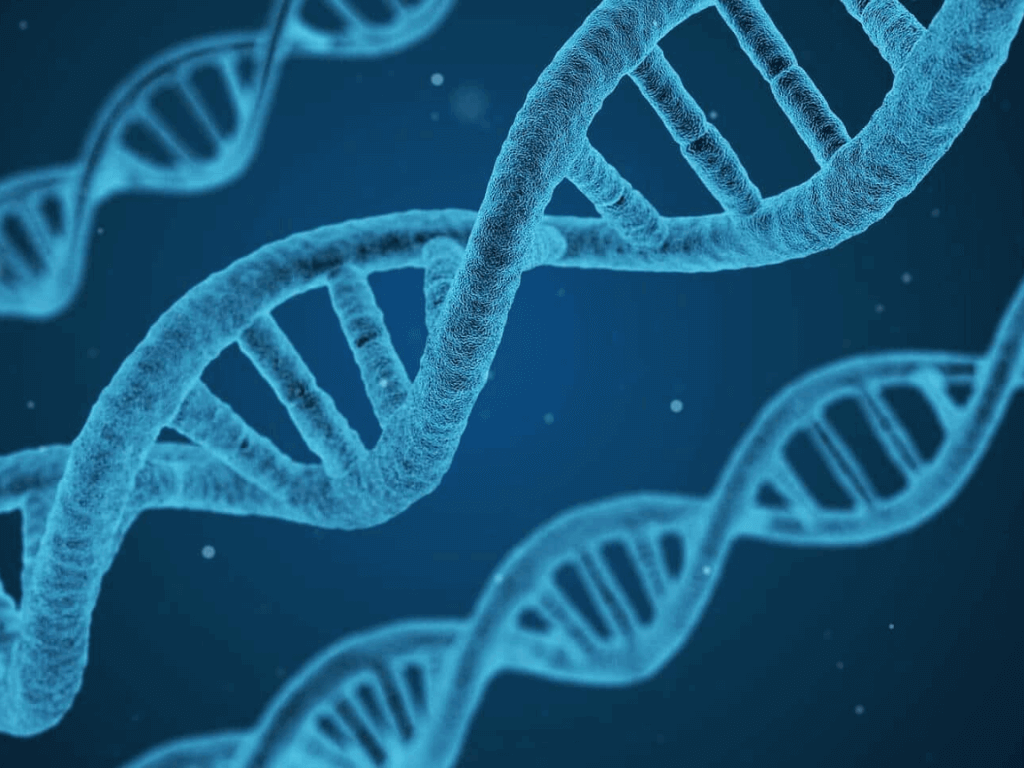Emmanuelle Charpentier and Jennifer A. Doudna bagged the Nobel Prize in Chemistry for the year 2020 for their contribution towards CRISPR/Cas9 genetic editing.
What is CRISPR and how does it work?
In the field of biochemistry, CRISPR means ‘clusters of regularly interspaced short palindromic repeats’. CRISPR has made it possible to modify, delete, insert, activate or inactivate any gene as well as fine-tune them temporarily or permanently. This has transfigured gene engineering and its wide applications.
This revolutionary method of genome editing will now make it possible for researchers to modify and investigate the genomes of microbial, plant and animal cells with accuracy and precision that was unfathomable even a decade ago. It can prove to be successful in contributing to new cancer therapies and can also pave way to cure inherited diseases.
What did the Nobel Laureates do?
Charpentier discovered a molecule called tracrRNA when investigating the bacteria Streptococcus pyogenes. This forms a key part of the Crispr–Cas system in bacteria.
Meanwhile, Doudna investigated the function of the cas genes, and learned that the Cas proteins coded by them are involved in cutting up DNA as part of the bacterial immune system against pathogenic viruses.
Charpentier then teamed up with Doudna to investigate the system further in 2011.
These new tools are much simpler and cheaper than those existing previously. This has allowed gene editing accessible for scientists all around the globe to carve niches by making new discoveries and inventions.
The award smashed all records and paved way to make history in the field of science to become the only science Nobel ever won by two women.
Subscribe to our mailing list for more updates on recent developments. Connect to our team for your valuable feedback and we’d be happy to address you!
Stay Home, Stay Safe!!!
#nobelprize #womenpower #chemistry #genetherapy #molecularbiology #CRISPR #updates #medical #healthcare #wellness








































































